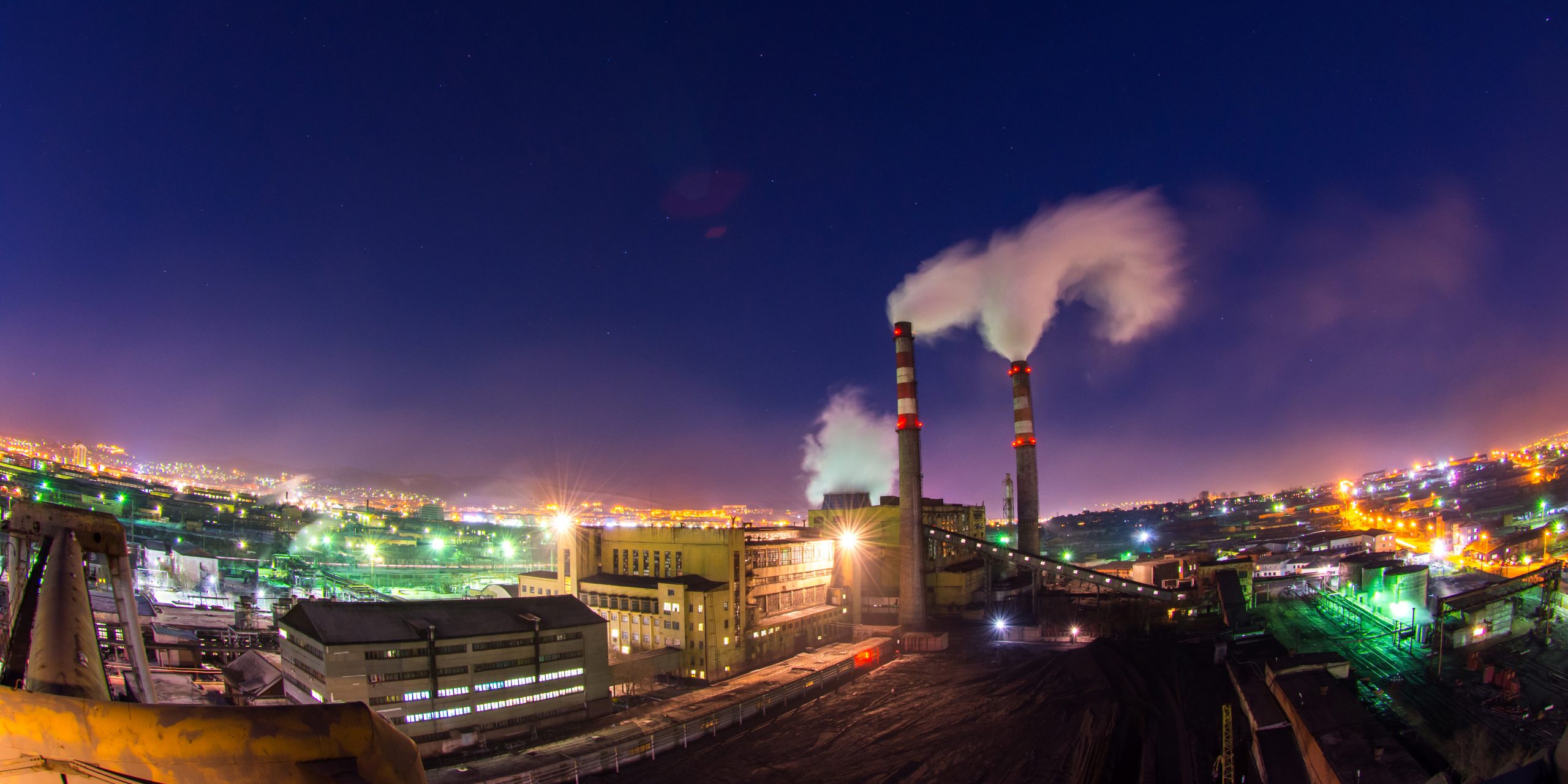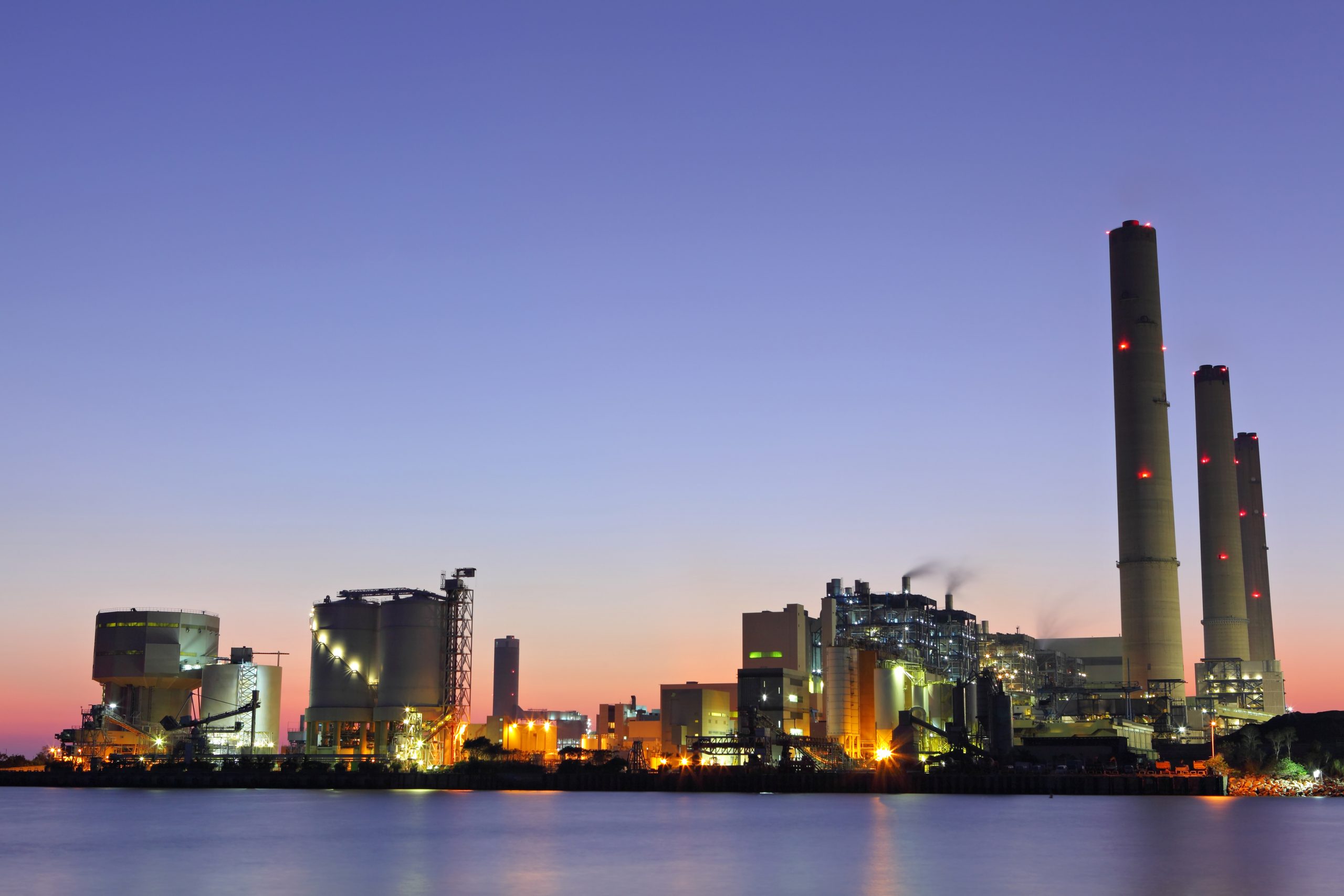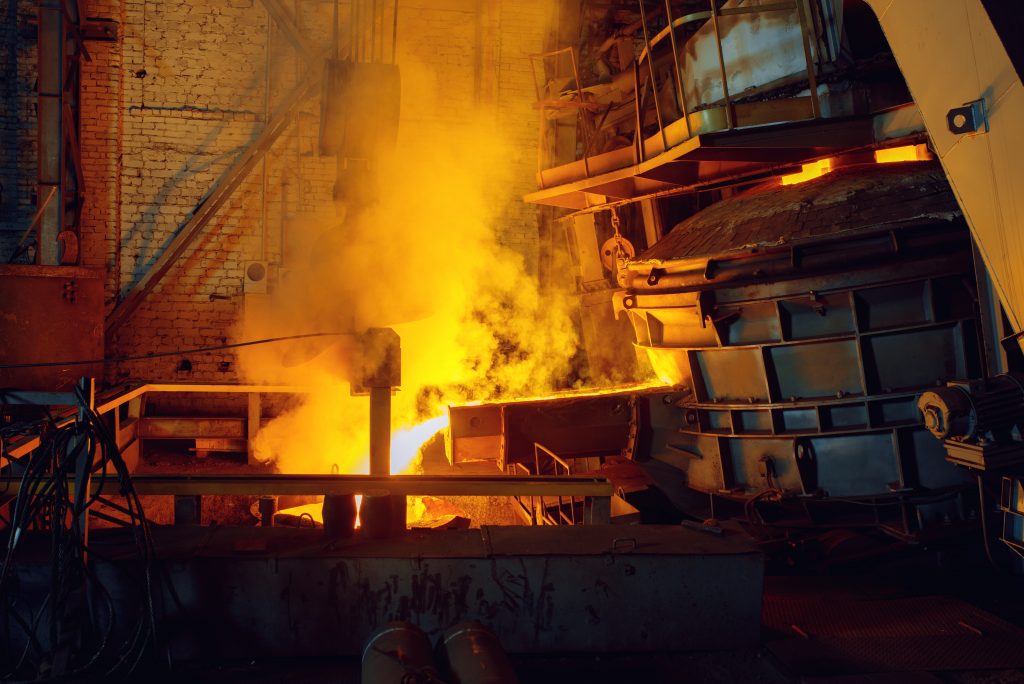In the data era, having the control and monitoring of assets in industrial plants becomes essential. Industrial operations and processes are characterized by their high complexity, which is often one of the greatest challenges when it comes to monitoring these assets.
In addition to being complex, industrial plants are characterized by a very large number of assets. It is estimated that an installation of this type easily surpasses the number of 500,000 assets, which must be monitored in order to preserve their integrity, so that, in this way, risks are minimized.
In the midst of a period in which Digital Transformation has constantly generated opportunities for asset control through technologies capable of automating the monitoring and data extraction process, this challenge gains strong allies such as:
These technologies have driven data collection on many aspects of an industrial operation. However, having data alone is still not enough. It is necessary to contextualize them.

The contextualization of data
As mentioned before, data extraction has had a very significant growth over the last few years. There are gigantic amounts of data being generated, whether structured or not. Here is the first problem: how will it be possible to turn data into knowledge that brings value to operations?
The answer lies in contextualization, and also in a fundamental technology for this transformation of data into knowledge, the Digital Twin.
Digital Twin is the key technology for contextualizing data. Its concept is characterized by the constant flow of data between a real asset and its digital replica.
However, it is wrong to think that a Digital Twin is simply a synchronized 3D model.

An authentic Digital Twin is characterized by layers of overlapping technologies, which, as they go deeper, make these various data extracted, organized, in a way that makes sense, delivering true value to those responsible for reading it.
It is no longer about having data, the amount of data generated in recent years is already very large. Data is everywhere, at all times. The approaching period is the data filter:
- Which of these data are relevant?
- Which ones are really must-haves?
- Which ones deliver the most value to my goals?
According to Statista the total amount of data created, captured, copied, and consumed globally is expected to increase rapidly, reaching 64.2 zettabytes by 2020.

In the next five years to 2025, global data creation is expected to grow to over 180 zettabytes. In 2020, the amount of data created and replicated reached a new record.
Thus, we can conclude that industries that want to have effective Digital Transformation strategies must seek greater control over their assets through the use and intelligent contextualization of these data.



